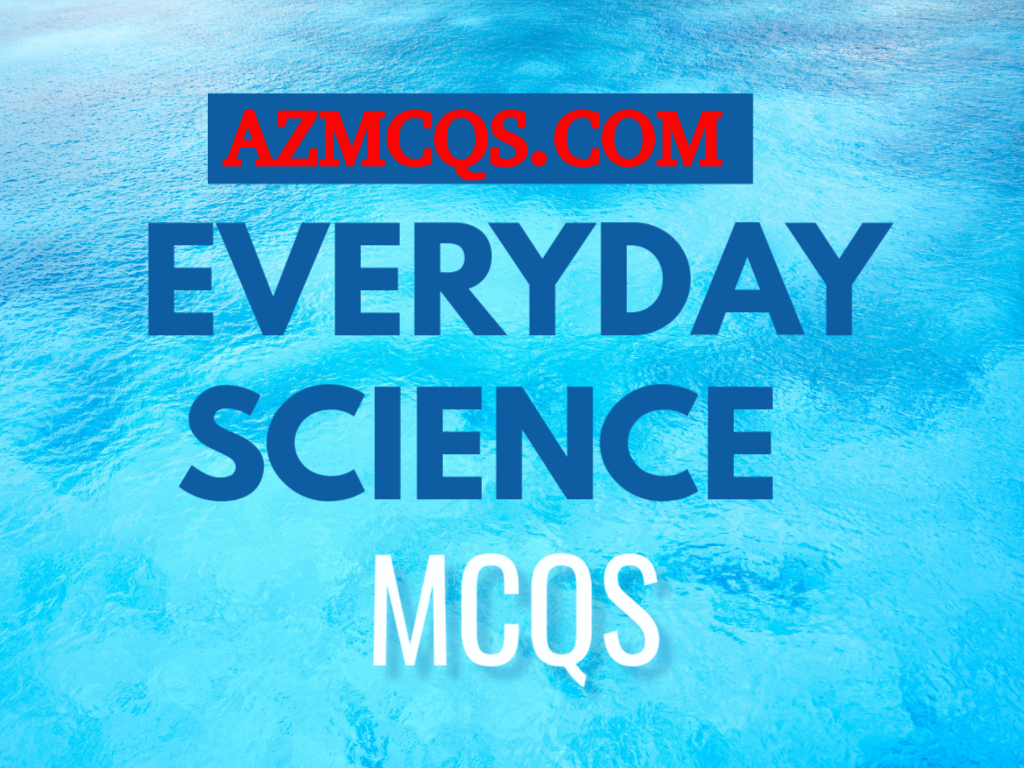Everyday Science MCQs for FPSC, SPSC, PPSC KPPSC, NTS ,CSS and All types of tests.
Everyday Science Multiple Choice Questions and answers including MCQs from past papers. Everyday Science MCQs Questions with Answers for CSS MPT Test by FPSC
including solved CSS General Science and Ability Past Papers MCQs. The most repeated Every Day Science solved MCQS with Answers.

Most Important Every Day Science MCQs:
Which vitamin strengthens the immune system and prevents from the disease called Scurvy?
A- Vitamin A
B- Vitamin B
C- Vitamin C
D- Vitamin K
The answer is C- Vitamin C
Which of following nutrients has the highest calorific values ?
A- Carbohyderates
B- Fats
C- Vitamins
D- Proteins
The answer is B- Fats
The atmosphere of the planet Mars is mostly consists of
(A) Hydrogen
(B) Chlorine
(C) Nitrogen
(D) Carbon dioxide
The answer is: (D) Carbon dioxide
According to the scientists, how many galaxies are there in the universe?
(A) 10 million
(B) 100 million
(C) 10 billion
(D) 100 billion
The answer is: (D) 100 billion
The Lunar eclipse occurs when:
(A) Moon is between the earth and the sun
(B) Earth is between the sun and the moon
(C) Sun is between the earth and the moon
(D) Earth is at right angles to the direction of the sun and the moon
The answer is: (B) Earth is between the sun and the moon
The weight of an object will be minimum when it is placed at
(A) The center of Earth
(B) Equator
(C) North Pole
(D) South Pole
The answer is: (A) The center of Earth
Which planet moves fastest around the sun?
(A) Jupiter
(B) Mars
(C) Mercury
(D) Venus
The answer is: (C) Mercury
The number of planets are visible without using telescope is:
(A) 3
(B) 4
(C) 5
(D) None of these
The answer is: (C) 5
The brightest star visible in the sky without a telescope is?
(A) Altair
(B) Aretonus
(C) Regulus
(D) Sirius
The answer is: (D) Sirius